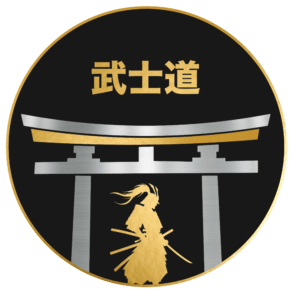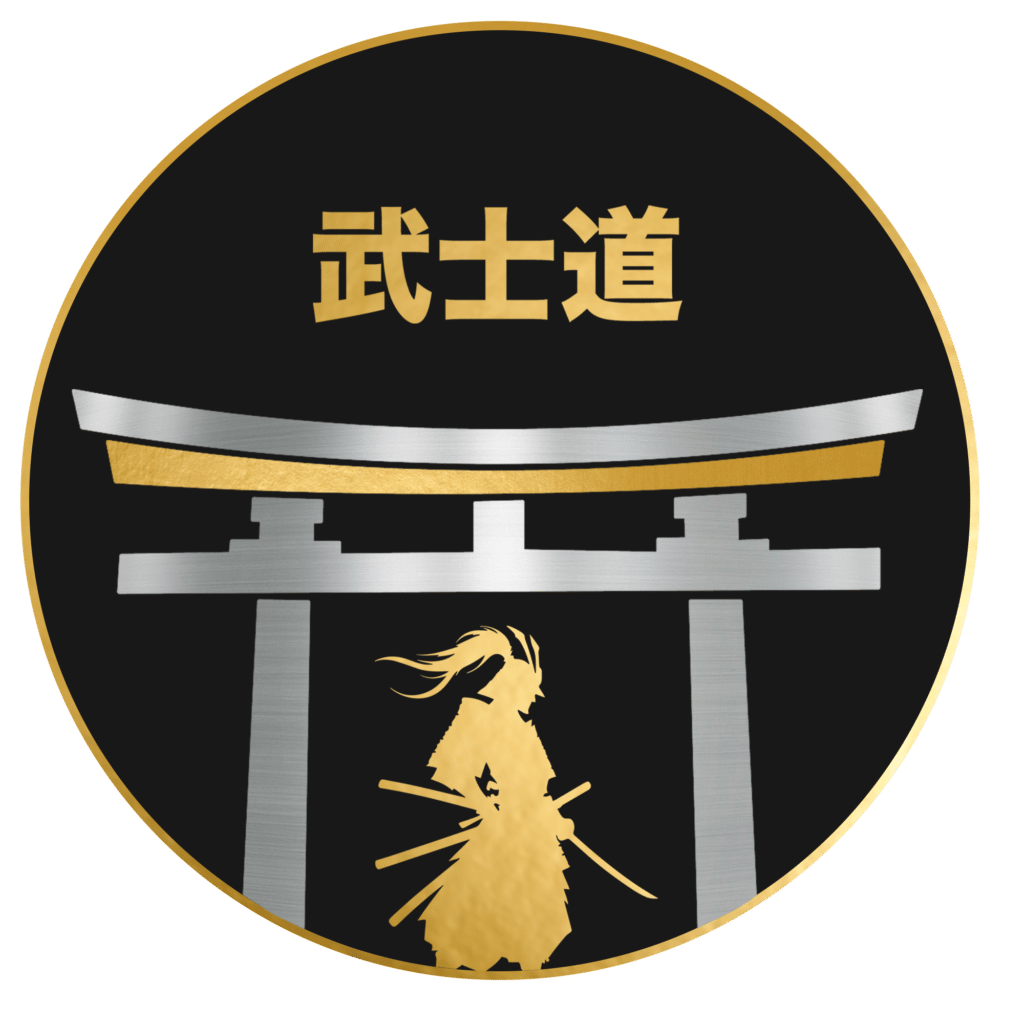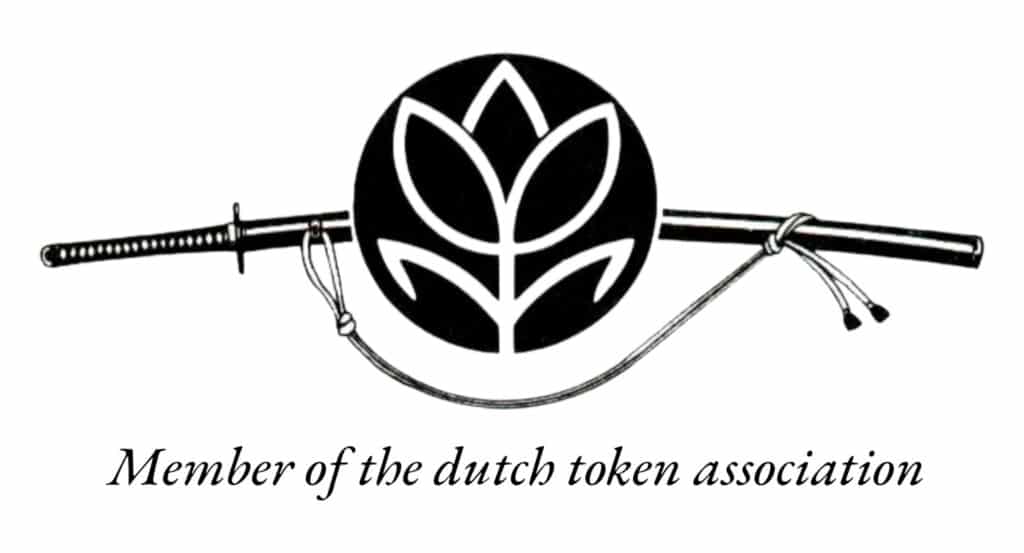Introduction: The Blade and Its Maker
In the quiet forge of tradition, one name stands with quiet strength—Seisousai Muneari. A master of the blade, his work embodied balance, precision, and purpose. Each stroke of his hammer carried the weight of generations. Each blade, a reflection of inner stillness and unyielding discipline.
Born in the heart of Japan’s Edo period, Muneari forged steel into grace. He did not chase fame. He pursued mastery. Through intense heat and endless repetition, he shaped more than metal—he shaped legacy.
His katana is not merely a weapon. It is a study in restraint and resolve. Crafted with care, lived with intent, it holds a sacred place in Japan’s sword-making history. Not for glory, but for truth in form.
This is the story of the blade and its maker.
Forged in Discipline: The Life of Muneari
Muneari was born into a legacy of steel and silence. From a young age, he watched his father shape swords with firm hands and quiet breath. The forge was his first classroom. Heat, hammer, and harmony taught him more than any book.
He did not chase fame. He chased precision. Each blade bore his intent—cutting away excess, seeking only the essential. His training was rigorous, rooted in repetition. Day after day, learning the grain of metal, the way it bends, breaks, and becomes.
To Muneari, a sword was not just a weapon. It was a statement of character. He believed a blade should be honest. Simple in form, unwavering in purpose.
Though times changed, he remained steady. Refusing shortcuts. Refusing spectacle. Only the pure line, the meant motion.
Muneari lived his craft with quiet pride. His work speaks—sharp, exact, enduring. Like him.
Steel and Spirit: The Crafting Process
Muneari began with raw steel, folding it again and again. Each fold expelled impurity. Each strike of the hammer held intent.
He used tamahagane—traditional Japanese steel—heated in pine charcoal fire. The steel glowed white-hot. Precision guided every movement.
Water quenching came next. A critical moment. Too quick, the blade cracked. Too slow, it softened. Muneari worked in silence, listening to the steel’s voice.
He shaped the blade by hand, not machine. Grinding. Polishing. Hours passed with no wasted motion.
Alongside technique came spirit. Each blade required patience, clarity, humility. Muneari fasted before forging. Cleansed his hands. Cleared his mind.
The sword was never just a weapon. It was a reflection—of the maker’s will, his focus, his restraint.
Steel and spirit, joined by fire.
The Signature of a Master: Design Elements
The work of Muneari carries a quiet, deliberate elegance. Every element is shaped by patience and discipline.
The hamon, or temper line, flows like a soft wave—neither loud nor overly intricate. It speaks of restraint. Its form is consistent and controlled, revealing a deep understanding of heat and steel.
Blade curvature comes next. Subtle, natural. It follows a gentle arc that balances form and function. The shape is made not to impress, but to endure. It honors tradition without copying it.
Weight and balance finish the story. A Muneari blade sits well in the hand. It responds to intent, not force. This harmony of heft and motion allows for fluid, centered movement.
Together, these elements reflect more than skill. They show presence. The mark of someone who watches closely, works slowly, and never adds more than needed.
Teacher and Lineage: Passing the Flame
Muneari taught not for fame, but to preserve the path. He believed each movement held meaning—each form a thread in the larger fabric of tradition.
His students learned more than technique. They absorbed patience, humility, and the quiet intensity of practice. In low halls and worn floors, the art lived on. Repetition, correction, silence—this was his way.
Muneari expected no imitation. He asked for understanding. His instruction was not a performance but a transmission—flame passed carefully, not consumed.
Those who learned from him now teach in turn. The posture remains. The spirit endures. Through precise hands and attentive eyes, his lineage moves forward—steady as breath, rooted as a stance.
The Katana in Stillness: A Tool Beyond War
In stillness, the katana rests. Not as a weapon, but as a mirror.
Its form is precise. Each curve, each line, shaped by thought and skill. Forged not only in fire, but in intention.
In the dojo, it is not drawn in anger. It is bowed to. It is cleaned with care. It is held with respect.
The katana teaches presence. When wielded with discipline, it quiets the mind. Every movement becomes deliberate. There is no room for excess.
For the samurai, the blade was not just for battle. It reflected inner readiness—a way to live, not only to fight. It stood for loyalty, integrity, and restraint.
In modern practice, it continues to guide. It invites us to focus, to breathe, to become aware. Even untouched, it instructs.
The katana in stillness reminds us: peace is not weakness. Stillness is not inaction. To master the blade is to master the self.
Conclusion: Legacy in Quiet Steel
Muneari’s blades do not shout. They speak in silence—of mastery, of patience, of sharp purpose honed over years.
Each sword is a legacy forged in quiet steel. Lines clean. Balance perfect. No flourish for flourish’s sake. Just truth in tempered metal.
He lived by the edge he crafted. Precision over ego. Function wedded to form. Through his hands, tradition stayed alive, not fossilized, but breathing.
Muneari’s influence endures. Not in words, but in weight. Not in fame, but in feel. His work does not age. It waits—ready, calm.
In every blade, his spirit remains—sharp, quiet, disciplined. Like a well-tended dojo after dusk.
Japanese Samurai Katana Sword Seisousai Muneari Gold inlay two body test





